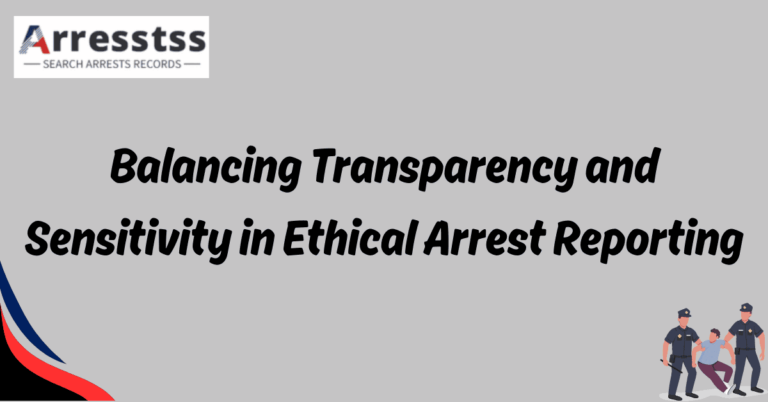Community-Driven Law Enforcement Collaboration
In the ever-evolving landscape of law enforcement, community-driven collaboration stands as a beacon of proactive engagement and mutual trust-building between law enforcement agencies and the communities they serve. This innovative approach emphasizes the crucial role of community involvement in shaping policies, fostering transparency, and enhancing public safety. Through open dialogue, shared decision-making, and collaborative problem-solving, community-driven law enforcement collaboration endeavors to bridge the gap between officers and citizens, ultimately fostering a safer and more cohesive society.
Enhancing Public Safety Through Collaboration
In today’s society, maintaining public safety is a top priority for law enforcement agencies. Recognizing the importance of community involvement, collaborative efforts between law enforcement and community partnerships have become essential strategies. By working hand in hand with the communities they serve, law enforcement agencies can effectively address the complex challenges they face and ensure a safer environment for all.
The Value of Engaging Community Partners
Law enforcement agencies understand the significance of involving community members, organizations, and stakeholders in their operations. By actively engaging with these partners, law enforcement can gain valuable insights, and diverse perspectives, and develop tailored solutions that truly address the needs of the community. This collaborative approach ensures that law enforcement strategies are well-informed and relevant, leading to more effective outcomes.
Crime Prevention and Public Safety
Community partnerships play a vital role in crime prevention and maintaining public safety. Through collaboration, law enforcement agencies can tap into the wealth of knowledge and resources that exist within the community. By working together, they can identify and address the root causes of crime, implement preventive measures, and develop innovative approaches to keep communities safe. This collective effort strengthens the ability to anticipate and respond to criminal activities effectively.
Fostering Transparency and Accountability
Transparency and accountability are crucial elements in building trust between law enforcement and the community. By involving community partners in decision-making processes, law enforcement agencies not only gain credibility but also ensure that their actions are aligned with community needs and expectations. Collaborative efforts foster open communication, allowing for greater transparency and accountability in the implementation of law enforcement strategies.
Creating Safer and Resilient Communities
By actively engaging with community members and organizations, law enforcement agencies can enhance public safety, build trust, and create safer and more resilient communities for all. This collaborative approach harnesses the collective power of the community and law enforcement, working together towards a common goal of ensuring the well-being and security of society as a whole.
FAQ’s
Collaborative efforts between law enforcement and community partnerships refer to the active involvement and cooperation between law enforcement agencies and community members, organizations, and stakeholders in addressing crime, maintaining safety, and fostering positive relationships.
These efforts recognize the value of engaging with the community to gain insights, gather diverse perspectives, and develop tailored solutions that truly address the needs of the community. It involves working hand in hand to identify and address the root causes of crime, implement preventive measures, and develop innovative approaches to ensure public safety.
By collaborating with community partners, law enforcement agencies can tap into the wealth of knowledge and resources that exist within the community, ultimately creating a safer and more resilient environment for everyone.
Collaborative efforts between law enforcement and community partnerships are crucial for several reasons. Firstly, they help in maintaining safety by addressing crime and preventing its occurrence through collective action and shared responsibility.
Secondly, these efforts build trust between law enforcement agencies and the community. By actively involving community partners in decision-making processes, law enforcement gains credibility and ensures that their actions are aligned with community needs and expectations.
Thirdly, collaborative efforts facilitate the development of innovative approaches to address complex challenges. By tapping into the diverse perspectives and resources of the community, law enforcement agencies can develop tailored solutions that truly address the underlying issues.
In summary, collaborative efforts play a vital role in enhancing public safety, building trust, and creating safer and more resilient communities.
Collaborative efforts provide numerous benefits to law enforcement agencies. Firstly, they allow agencies to tap into the wealth of knowledge and resources that exist within the community. By actively engaging with community partners, law enforcement agencies gain valuable insights and diverse perspectives, which can inform their decision-making processes.
Secondly, these efforts enhance the effectiveness of law enforcement strategies and initiatives. By involving community partners, agencies can develop innovative approaches that are tailored to the specific needs of the community, thereby increasing the chances of success in crime prevention and public safety.
Thirdly, collaborative efforts foster transparency and accountability. By involving community partners in decision-making processes, law enforcement agencies ensure that their actions are aligned with community expectations and needs. This transparency builds trust and credibility, ultimately improving the relationship between law enforcement and the community.
In conclusion, collaborative efforts benefit law enforcement agencies by providing access to knowledge and resources, enhancing the effectiveness of strategies, and fostering transparency and accountability.
Community partnerships play a vital role in crime prevention. By collaborating with law enforcement agencies, community partners can contribute in several ways.
Firstly, they can provide valuable information and insights about the community’s specific challenges and concerns. This information can help law enforcement agencies in identifying and addressing the root causes of crime, implementing preventive measures, and developing targeted strategies.
Secondly, community partnerships can mobilize resources and support for crime prevention initiatives. By involving community members, organizations, and stakeholders, law enforcement agencies can tap into the collective power of the community to implement effective preventive measures.
Thirdly, community partnerships can help in promoting community engagement and ownership of safety. By involving the community in crime prevention efforts, agencies can empower individuals and foster a sense of responsibility and collective action toward creating a safe and secure environment.
In summary, community partnerships contribute to crime prevention by providing valuable information, mobilizing resources, and promoting community engagement and ownership of safety.
How do collaborative efforts enhance community safety?
Collaborative efforts between law enforcement and community partnerships are instrumental in enhancing community safety. By working hand in hand, these efforts address crime, prevent its occurrence, and create a safe and secure environment for all.
Firstly, collaborative efforts allow law enforcement agencies to tap into the wealth of knowledge and resources that exist within the community. By actively engaging with community partners, agencies can gain insights into specific safety concerns and develop targeted strategies and initiatives.
Secondly, these efforts foster transparency and accountability, which are essential for building trust between law enforcement and the community. By involving community partners in decision-making processes, agencies ensure that their actions are aligned with community needs and expectations, ultimately enhancing trust and credibility.
Thirdly, collaborative efforts promote community engagement and ownership of safety. By involving the community in crime prevention initiatives, agencies empower individuals and foster a sense of responsibility and collective action toward creating a safe and secure environment.







